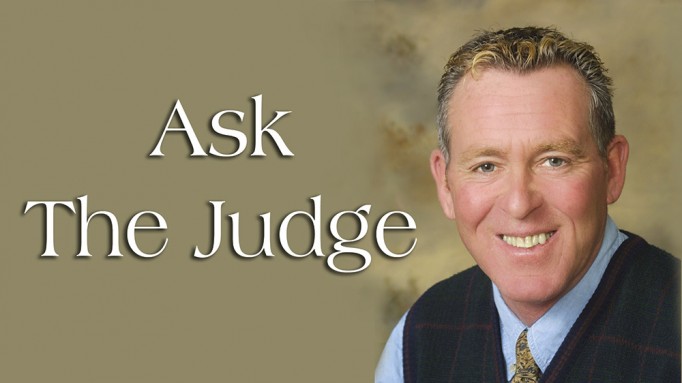I have a good hunter round – an even pace, good jumps, the horse moves well and looks the part – but he pins his ears back over the jumps. How much do you penalize him for this?
I don’t love it. If another horse goes equally well, but wears his ears forward, then he goes ahead. Remember, it’s a jumping contest first and ears should not beat out the best jumper, but it could be the tie-breaker given an otherwise equal performance.
Before a flat class is called to order and the riders and horses are working around the ring, are you judging them and jotting down numbers?
Yes, I sure am! I do this so that when the class is called to order, I can watch even more closely while not writing, ensuring that I won’t miss anything. This is all the more reason why you should be showing your best and not training.
A rail comes down without the judge or the jump crew noticing it. The next horse jumps that fence rail-less. As a judge, what do you do?
This is a free one with no penalty; they simply got to jump a lower jump. This can happen so easily during a long and busy day, so both the judge and the jump crew need to pay strict attention.
In a hunter class, if your horse stops at the ‘out’ element of an in-and-out, do you go back and jump both elements, or just the out?
This is your choice, but I would suggest it’s better to jump both if it’s a one-stride. If it’s a two-stride, then you can jump the out only because there is more space.
Now that you have judged a number of hunter derbies, what is your take on them? For example, the ten bonus points, the higher jump options, and what about that handy round?
I really enjoy and am honoured to judge these events. They are truly a great upgrading for the hunters. I am not a proponent of the ten-point bonus system, however, because I believe I have already taken that into consideration: when I score an 86, that is just what it is – an 86 – and not with an additional 7 points added, making it a 93. It wasn’t a 93 round … but suddenly now it is! Higher jumping options are good as long as they are inviting and well-built so as not to intimidate a greener horse. The handy phase is good, too, as it allows the horses and riders to show off away from the more conventional hunter performances.

